Have you heard of chunking? While this, er, unusual word might sound like a new dance move the kids are showing off on TikTok, it’s actually a content strategy that’s been around since 1956.
Chunking was first defined by Harvard psychologist George A. Miller, who discovered that humans have a limited capacity for short-term memory. This capacity is so limited, in fact, that chimps have been found to outperform us in memory tasks. That’s a bit embarrassing, isn’t it…
Anyway, according to Miller, we can retain just 5-9 items at any one time in our short-term memory. This means that there are restrictions on how much information can be transferred to our long-term memory.
Miller’s solution was to overcome these restrictions by ‘chunking’ information into groups or units to increase short-term memory capacity. His research showed that an organised chunk of information functions as one item. If we can hold seven items in our working memory at once, each item can be thought of as a container holding a greater amount of information within it.
It might surprise you to learn that you’re probably already using chunking in your everyday life. Take phone numbers, for example. If you’re asked to say your phone number, you’d almost certainly do so by reading out 2 or 3 groups of numbers. 077-616-5981, say, rather than 0-7-7-6-1-6-5-9-8-1. Why? Because it’s much easier to remember three sets of numbers than it is to remember 11 unrelated numbers. Working memory is just as capable of holding four chunks of information, such as a group of numbers, as it is holding four bits of information, such as single numbers.
In the world of learning and development, this means learning can be hampered when working memory capacity is exceeded in a learning task (De Jong, 2010). To avoid this, content should be broken up into bite-sized chunks that are more manageable and easier to remember. This will prevent learners’ working memory from becoming overloaded, and enable them to process what they’re reading.
If you’re not already using the concept of content chunking in your elearning courses, here are three tips to get you started:
- Organise and prioritise
Your course should build on the information your learners are discovering as it progresses. Organise the information you have so that you’re telling a story, rather than jumping around introducing new ideas. In addition, be ruthless in your prioritisation. Decide what the main points are, expand on them with secondary information, and delete unrelated or isolated content.
- Make use of pages to organise content
A great way of chunking information is to organise it page by page. Introduce each new topic or concept on a new page / screen, and structure each one in a similar way so learners know what to expect. By removing the need to reassess what they’re looking at and adjust their eyes each time the page / screen changes, you’ll free up memory space for the content they’re reading.
- Find a way to group together extras
Once you’ve worked through the content and organised it into a logical structure, you may find that you’re left with facts and figures that are unrelated to the chunks you’ve created. Firstly, consider if they really need to be included. Are they a ‘must know’ or a ‘nice to know’? If the answer is the latter, you may be able to remove them completely. If they need to be included, look for a common theme or thread that could tie them together. An example could be writing an analogy that relates to the industry your audience work in. By associating these unrelated sentences with each other you’ll make it easier for learners to memorise them as a single, cohesive body of information.
Content chunking is a great way of making elearning courses more manageable by helping learners better understand concepts and recall information quicker and more easily. It’s a great technique for designing successful elearning!
____
Popcorn are a multi-award winning digital learning agency who specialise in making learning stick. If you want to chat more, drop us an email at [email protected].






